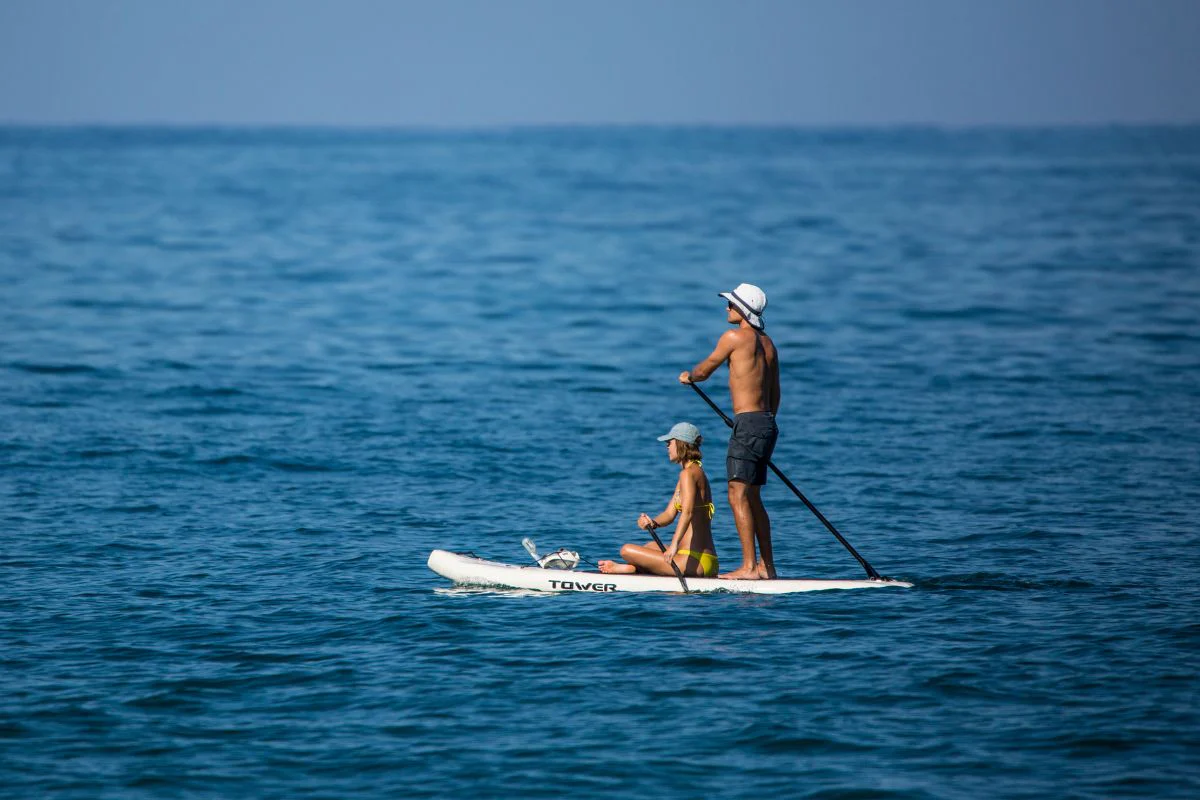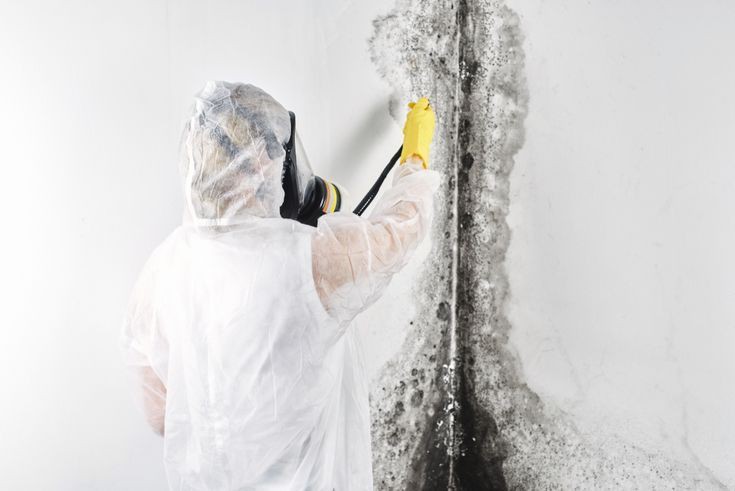Safety Measures for SUP Boarding in the UK
Stand-up paddle boarding (SUP) is a fantastic way to explore the UK’s diverse waterways, from serene lakes and rivers to the open sea. However, safety should always be a top priority to ensure an enjoyable experience. Here are some essential safety measures to consider while SUP boarding in the UK.
1. Wear a Personal Flotation Device (PFD)
Wearing a PFD is crucial, even if you’re a strong swimmer. The UK’s waters can be unpredictable, and a PFD can provide the buoyancy needed to keep you safe in case of an accident. Ensure your PFD is properly fitted and suitable for paddle boarding.
2. Check Weather Conditions
Before heading out, always check the weather forecast. The UK’s weather can change rapidly, especially around coastal areas. Avoid paddling in strong winds, storms, or heavy rain. Ideal conditions for SUP boarding are calm waters with light winds.
3. Know the Tides and Currents
Understanding tides and currents is essential, particularly if you’re paddling in coastal areas. Strong tides and currents can quickly lead you away from shore or make paddling back difficult. Use local tide charts and current information to plan your trip.
4. Use a Leash
A leash is a critical piece of safety equipment that keeps you attached to your stand up paddle board. In rough waters, a leash can prevent you from being separated from your board, which provides flotation and stability. Ensure your leash is appropriate for the conditions, such as a coiled leash for flat water and a straight leash for surfing.
5. Paddle with a Buddy
Whenever possible, paddle with a companion. Not only is it more enjoyable, but it also adds a layer of safety. If something goes wrong, having someone nearby can make all the difference. If you do paddle alone, make sure someone knows your plans and expected return time.
6. Carry Safety Gear
Always carry essential safety gear, including a whistle or other sound-producing device to signal for help, a waterproof phone case to keep your phone dry, and a first aid kit for minor injuries. Depending on the location and duration of your paddle, additional gear like light or flares might be necessary.
7. Dress Appropriately
Wear appropriate clothing for the conditions. In the UK, water temperatures can be quite cold, even in summer. A wetsuit or dry suit can provide insulation and protection from cold water. Dress in layers and avoid cotton, which can stay wet and cold.
8. Take Lessons
If you’re new to SUP or unfamiliar with the area, consider taking a lesson from a certified instructor. They can teach you the basics of paddling techniques, safety protocols, and how to handle different water conditions. This knowledge can significantly reduce the risk of accidents.
9. Be Aware of Your Surroundings
Always stay vigilant and aware of your surroundings. Look out for potential hazards such as rocks, submerged objects, boats, and other paddlers. In coastal areas, be mindful of marine life that might pose a risk, such as jellyfish or seals.
10. Know Your Limits
It’s essential to recognize your skill level and not push beyond your limits. If you’re a beginner, stick to calm, flat waters until you gain more experience. Advanced paddlers should also be cautious and respectful of challenging conditions and know when to turn back.
11. Hydrate and Protect Yourself from the Sun
Stay hydrated by bringing enough water with you. Even on cooler days, you can become dehydrated quickly while paddling. Additionally, protect yourself from the sun by wearing sunscreen, a hat, and sunglasses. Reflective water surfaces can increase sun exposure, so take extra precautions.
12. Follow Local Regulations and Guidelines
Adhere to any local regulations and guidelines for paddle boarding in the area you plan to explore. Some places might have specific rules regarding access points, wildlife protection, and safety protocols. Familiarize yourself with these regulations to avoid any issues.
Conclusion
Safety is paramount when enjoying SUP boarding in the UK. By taking these precautions, you can ensure a safe and enjoyable experience on the water. Whether you’re exploring a quiet lake or tackling the waves on the coast, being prepared and aware of your surroundings will help you make the most of your paddle boarding adventures.






